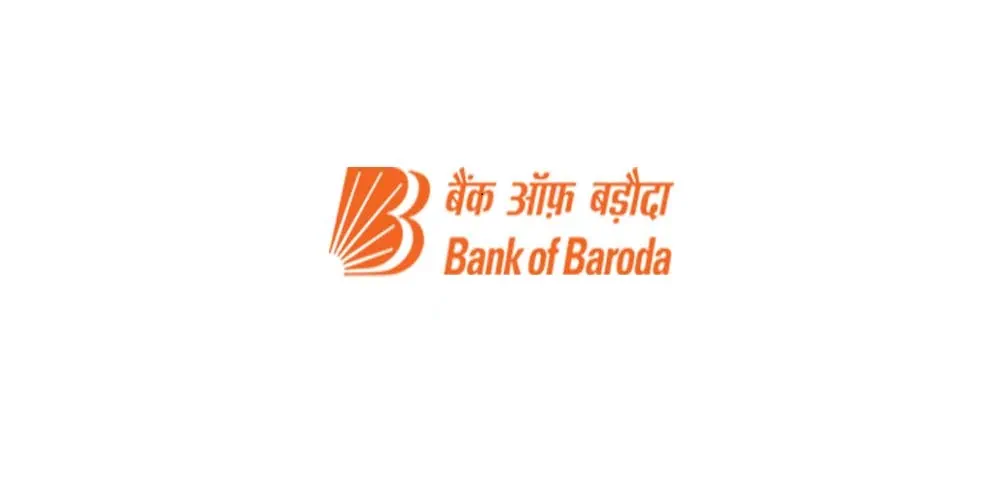
What is Pradhan Mantri Jan Dhan Yojana
03 Jul 2019

Since his election as the Prime Minister of India has launched several schemes that are targeted to people of different income groups – especially those belonging to the middle and lower-income groups. One of the most popular schemes he’s launched is known as the Pradhan Mantri Jan Dhan Yojana. But what is Jan Dhan Yojana? Let’s find out.
What is Pradhan Mantri Jan Dhan Yojana
Launched in August 2014, the Pradhan Mantri Jan Dhan Yojana is a savings scheme introduced by the PM to ensure that every Indian citizen can open a savings account and gain a sense of financial independence without worrying about maintaining account balances. This scheme targets people belonging to the economically weaker and middle-income groups. It encourages them to open a savings account and benefit from a bouquet of financial facilities and services. Apart from providing a zero balance savings account, account holders also become eligible for benefits like credit insurance and pension as well as easy and affordable remittance, among other things.
What is the benefit of Jan Dhan Account?
Having explained what is PMJDY, let’s take a look at some benefits of the Jan Dhan account. They are as under:
It is a zero balance savings scheme
As mentioned above, the Jan Dhan Account is a zero balance savings account. This means that account holders don’t have to worry about maintaining an average monthly balance in their savings account. They are not charged or penalised for non-maintenance of minimum monthly balances.
Account-holders can avail loans and overdraft facilities
People belonging to economically weaker sections, often do not have a bank account and have to rely on private money lenders for loans. These money lenders often quote high-interest rates, thus adding to the financial woes of such people, and putting them in an infinite loop of loans and EMIs. However, with PMJDY, account holders can avail bank loans at loan interest rates. People who’ve maintained balances for six consecutive months can also avail overdraft facilities of ₹5,000 against savings parked in the PMJDY account.
Account-holders receive accident and life insurance cover
Since people belonging to economically weaker sections cannot afford to invest in insurance, the PMJDY scheme offers the added incentive of accident and life insurance cover. This coverage is provided complimentary with the RuPay debit card under which account holders receive accidental insurance coverage and life insurance coverage worth ₹100,000 and ₹30,000 respectively.
Benefits from government schemes are directly transferred into the PMJDY account
Account-holders can easily access their pension accounts through the PMJDY account. Those individuals who have invested in any government schemes like the SCSS or Atal Pension Yojana, can opt to have their benefits directly transferred into their Jan Dhan savings account.
Final word: Now that you know what is PM Jan Dhan Yojana, and its benefits, you can consider opening your account and availing the benefits that go with it. Visit your nearest bank and find out how to open your PMJDY account.
Keywords used: what is Jan Dhan Yojana, What is Pradhan Mantri Jan Dhan Yojana, What is the benefit of Jan Dhan Account, what is PMJDY, what is PM Jan Dhan Yojana
Popular Articles
Related Articles










-
Disclaimer
The contents of this article/infographic/picture/video are meant solely for information purposes and do not necessarily reflect the views of Bank of Baroda. The contents are generic in nature and for informational purposes only. It is not a substitute for specific advice in your own circumstances. Bank of Baroda and/ or its Affiliates and its subsidiaries make no representation as to the accuracy; completeness or reliability of any information contained herein or otherwise provided and hereby disclaim any liability with regard to the same. The information is subject to updation, completion, revision, verification and amendment and the same may change materially. The information is not intended for distribution or use by any person in any jurisdiction where such distribution or use would be contrary to law or regulation or would subject Bank of Baroda or its affiliates to any licensing or registration requirements. Bank of Baroda shall not be responsible for any direct/indirect loss or liability incurred by the reader for taking any financial decisions based on the contents and information mentioned. Please consult your financial advisor before making any financial decision.
What is NPS? It's features and benefits!
If you are looking for a safe investment option, the central government’s National Pension Scheme (NPS) is a good choice. You may be wondering what is NPS scheme?
The NPS is a central government pension scheme that can be availed by employees from the public, private and unorganised sectors. Under this scheme, you csssssan make investments in a pension account at regular intervals through the course of your employment. Not only will you accrue interest on your investments, the account will act as a pension fund for you after your retirement. Upon retirement, you will be allowed to withdraw a percentage of the savings and the rest of the funds will be disbursed to you as equal monthly pension.
While the scheme was earlier available to central government employees only, it has now been extended to the general public (everyone except those in the armed forces.) As an additional benefit, you can also avail tax deductions for your investments in NPS.
Types of NPS account
Primarily, there are two types of NPS accounts: Tier I and Tier II. Tier I is a mandatory account and Tier II is a voluntary one. The biggest difference between the accounts is that investments made in Tier I account are eligible for tax deductions of up to Rs 2 lakh but investment towards Tier II account do not attract any tax benefits. However, you may withdraw funds prematurely from your Tier II account. Premature withdrawals from Tier I account are not allowed.
What are the features of NPS scheme?
Here are some of the prominent features of the NPS scheme:
Minimum investment: The minimum amount that one must contribute towards the NPS is Rs500. While there is no upper limit to the maximum amount that one can contribute, a Tier I account requires a minimum contribution of Rs1,000 in a financial year.
Frequency of contribution: A subscriber must make at least one contribution in a financial year.
Eligibility: Any Indian citizen between the age of 18 years and 65 years can invest in this scheme.
Fund manager: If you are not happy with the performance of your NPS account, you can seek a change in your fund manager.
What are the benefits of NPS scheme?
The NPS account comes with a host of benefits. Here are some NPS advantages:
Tax benefit: With the NPS account, you stand to avail tax deductions up to Rs 2 lakh. You can claim a deduction of up to Rs 1.5 lakh for your contribution as well as for the contribution of your employer into NPS. Section 80CCD(1) of the Income Tax Act covers the self-contribution part under Section 80C. The maximum deduction you can claim under 80CCD(1) is 10% of your salary. For the self-employed taxpayer, one can claim 20% of the gross income. Section 80CCD(2) covers the employer’s NPS contribution. The maximum amount that is eligible for deduction is the lowest of the three—actual NPS contribution by employer, 10% of basic + dearness allowance, gross total income. Apart from this, you can claim any additional self-contribution up to Rs50,000 under section 80CCD(1B) as NPS tax benefit.
High returns: Since a part of your NPS goes to equities, returns on NPS are higher than traditional tax-saving investments such as the PPF.
Low risk: The central government has capped the equity exposure of NPS to the range of 50 to 75 %. This reduces the risk involved in investment into NPS.
Retirement benefits: Upon attaining 60 years of age, you can withdraw up to 60 % of your savings in a go. The rest of the funds are given to you as equal monthly pension. By saving early on, you can prepare for your retirement days
If you want to enjoy your retirement days without having to worry about your expenses, it is advisable to invest in the NPS. By investing early, you can prepare for a hassle-free and peaceful retirement life.

